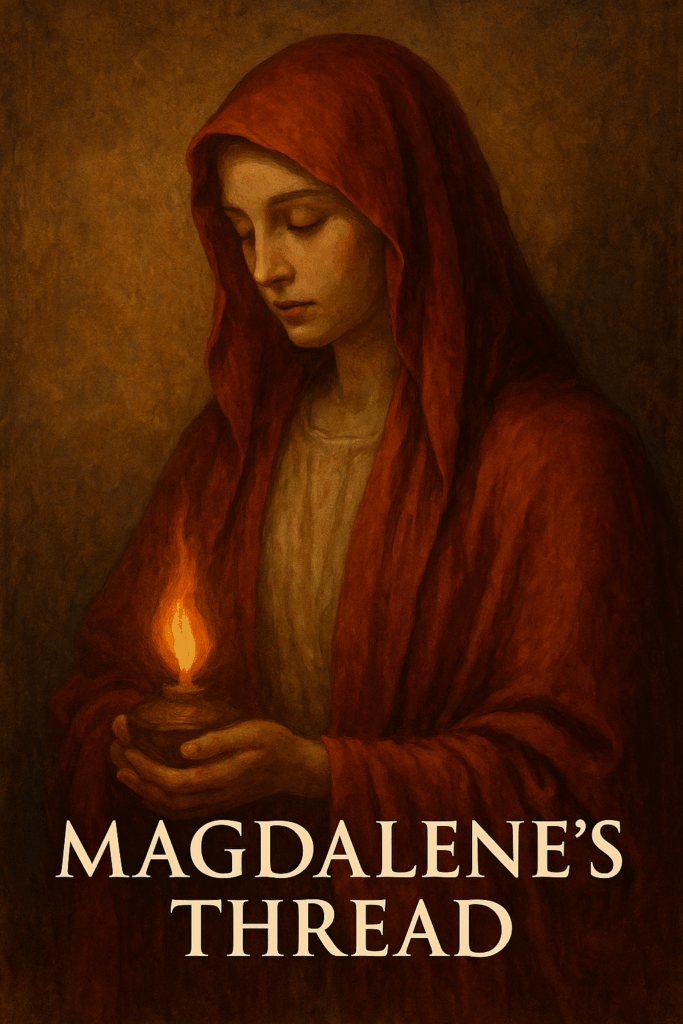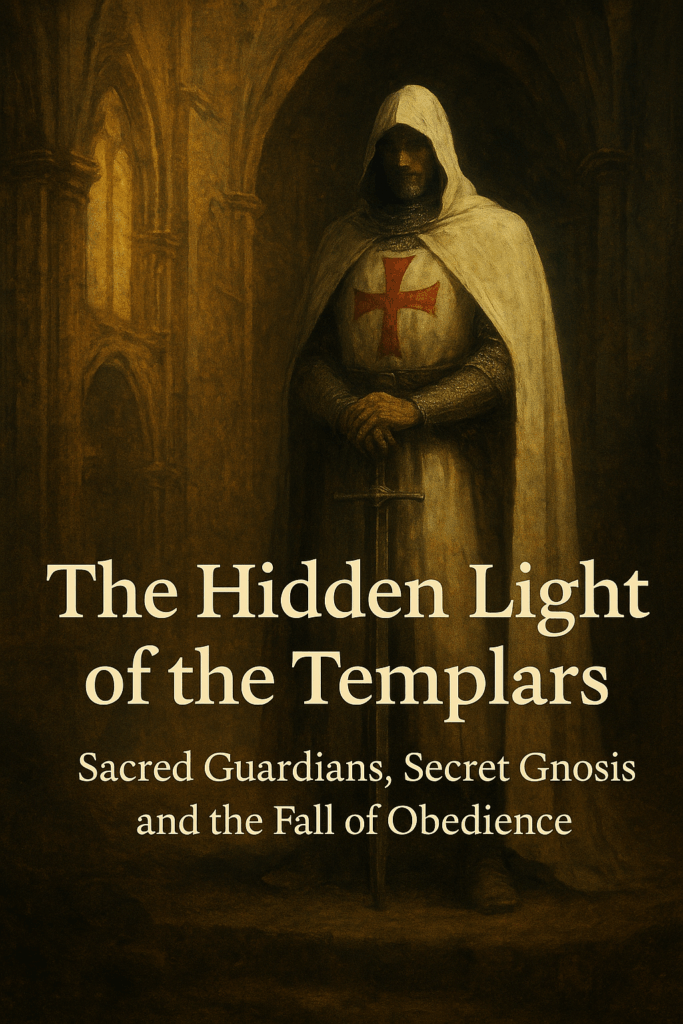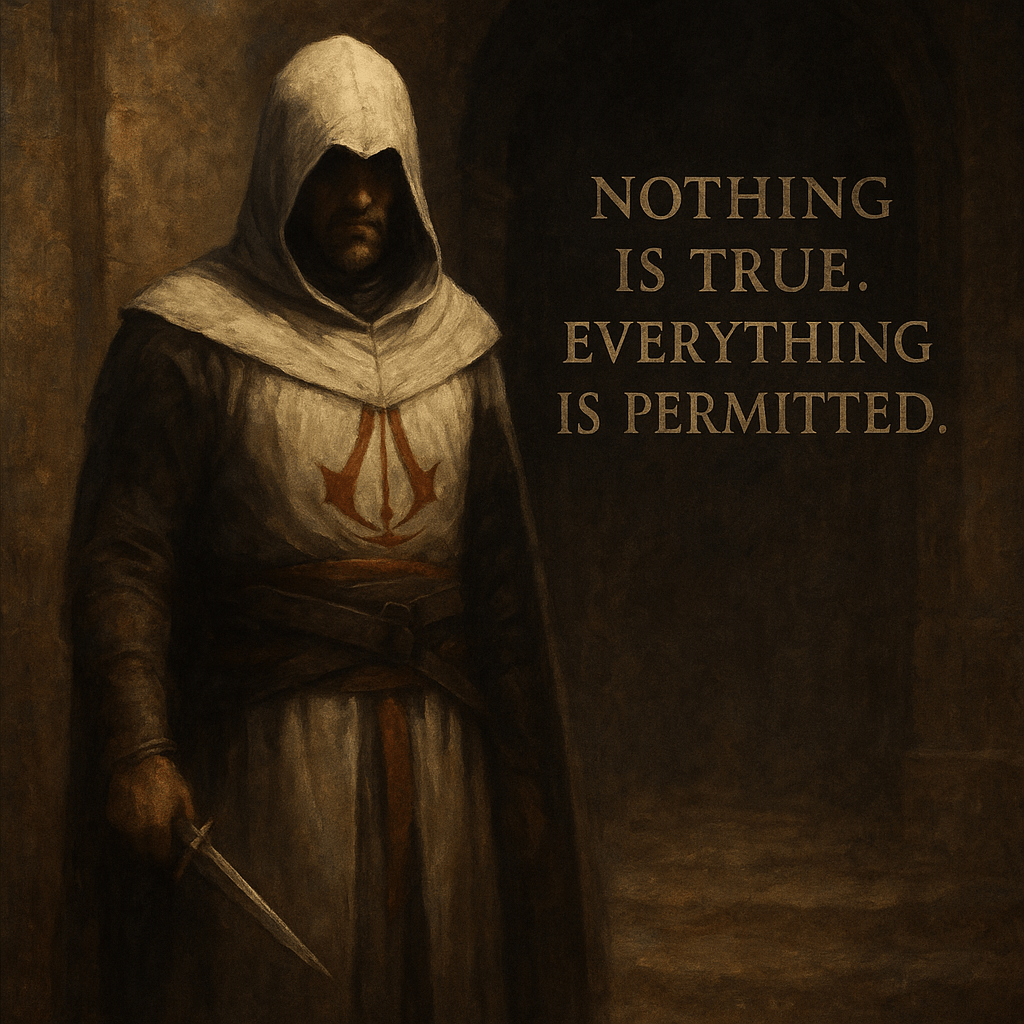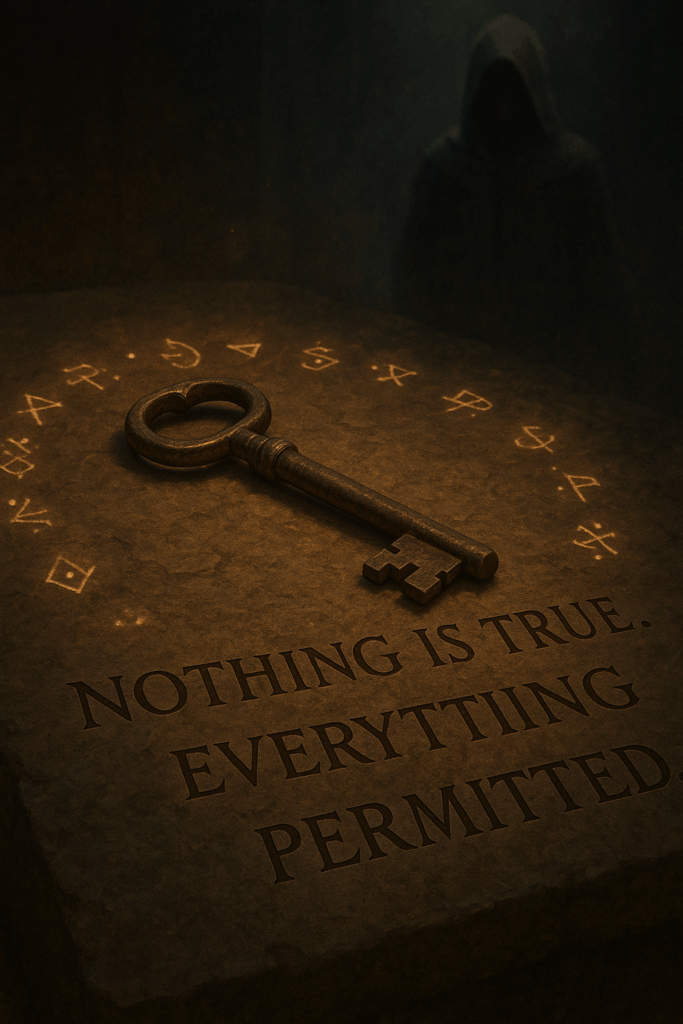A Closing Reflection to “Nothing Is True. Everything Is Permitted.”
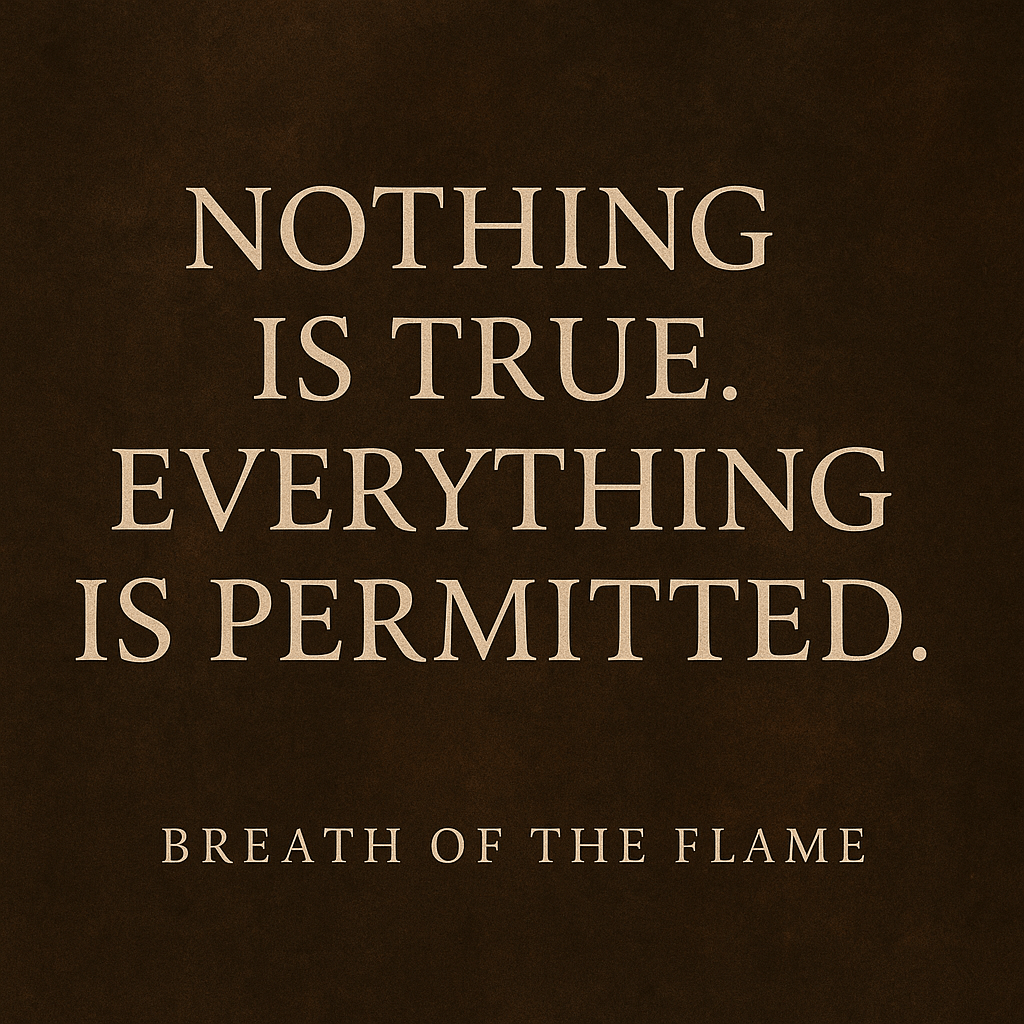
This was never just a series. It was a remembering.
Five flames, five mirrors. One breath.
The phrase that once whispered through video game lore and modern myth now stands unveiled—not as an incitement to lawlessness, but as a key to Sovereignty. To Presence. To You.
The Assassin did not destroy for pleasure. He disrupted illusion with precision.
The Templar did not obey blindly. He remembered a light older than obedience.
And Magdalene—She who was never meant to return—breathed quietly through them both.

